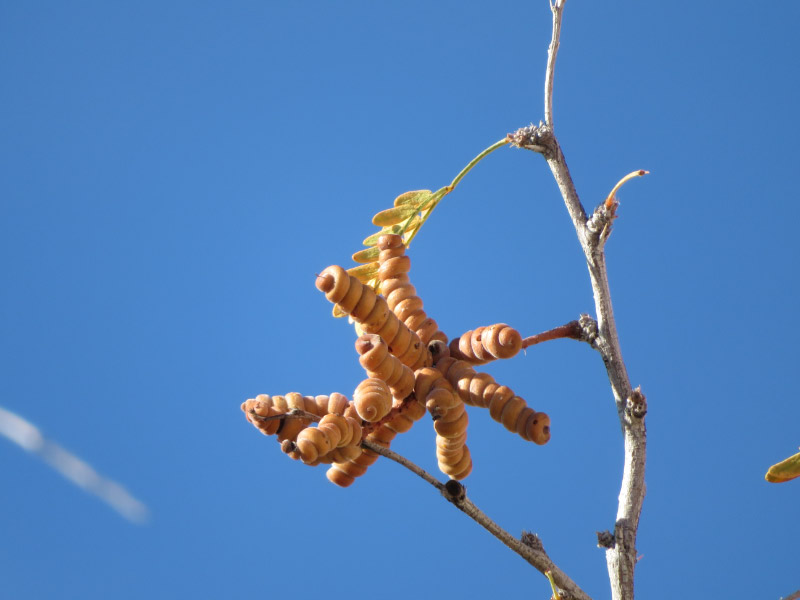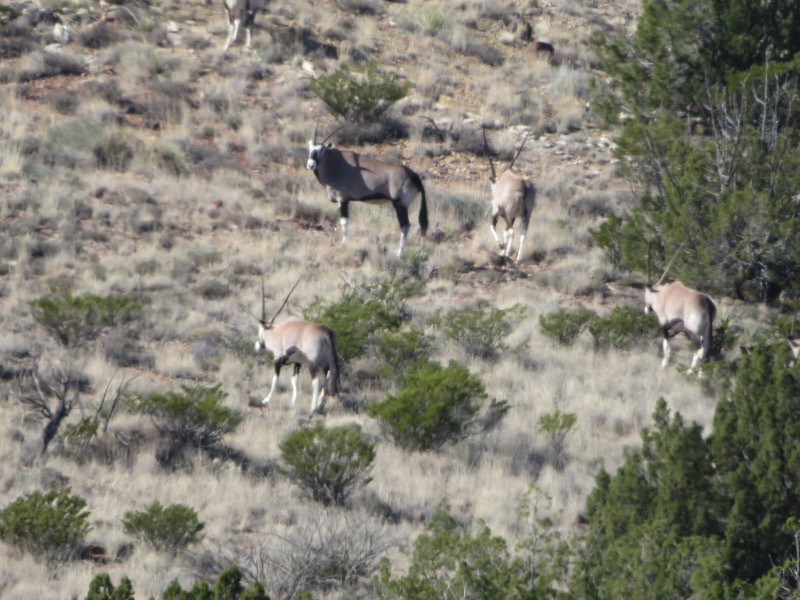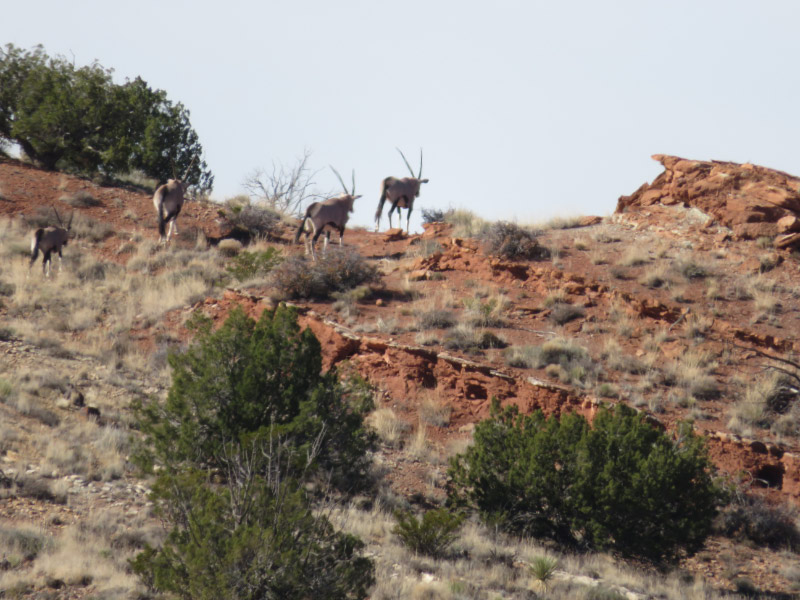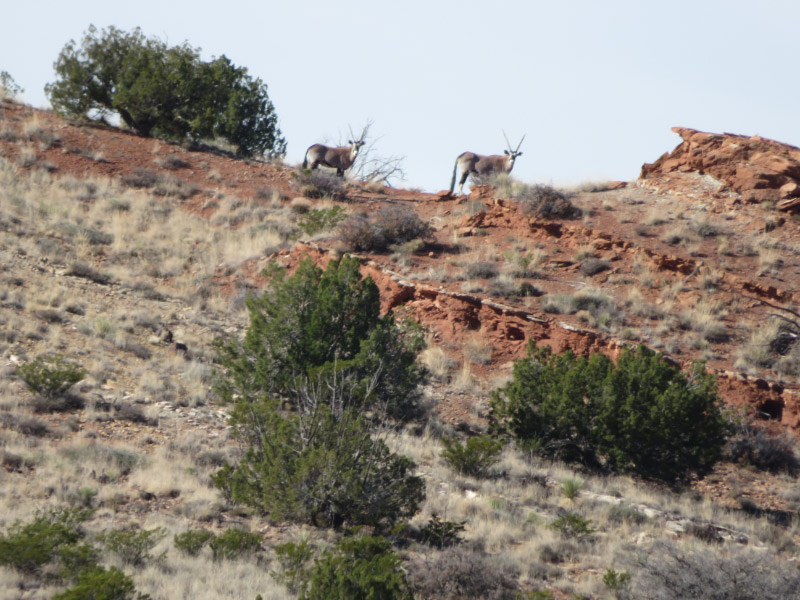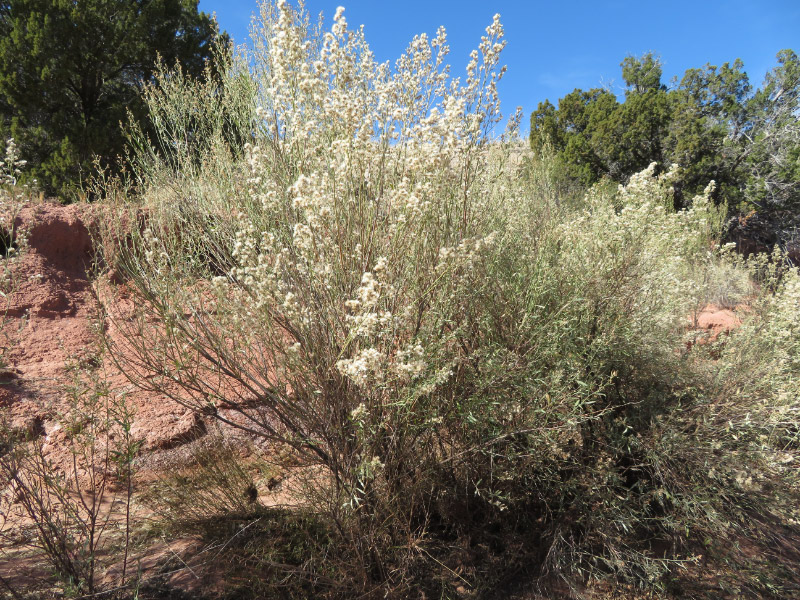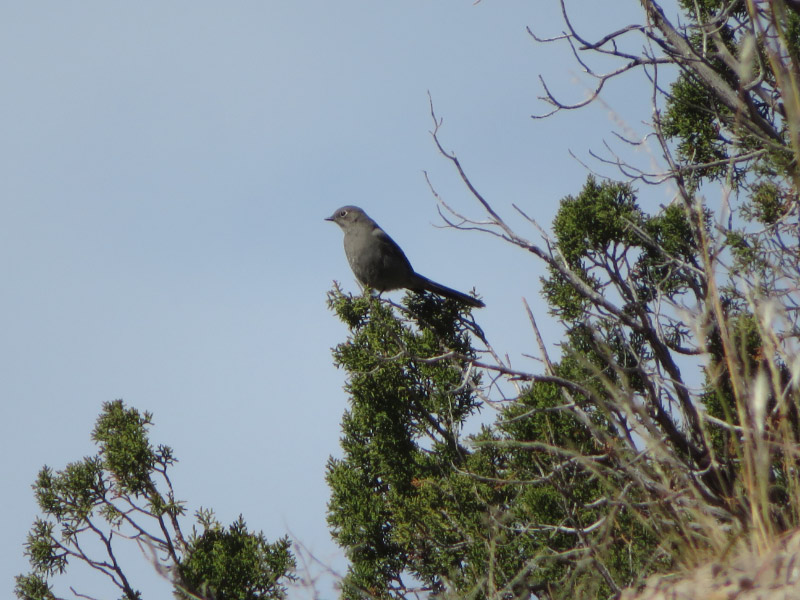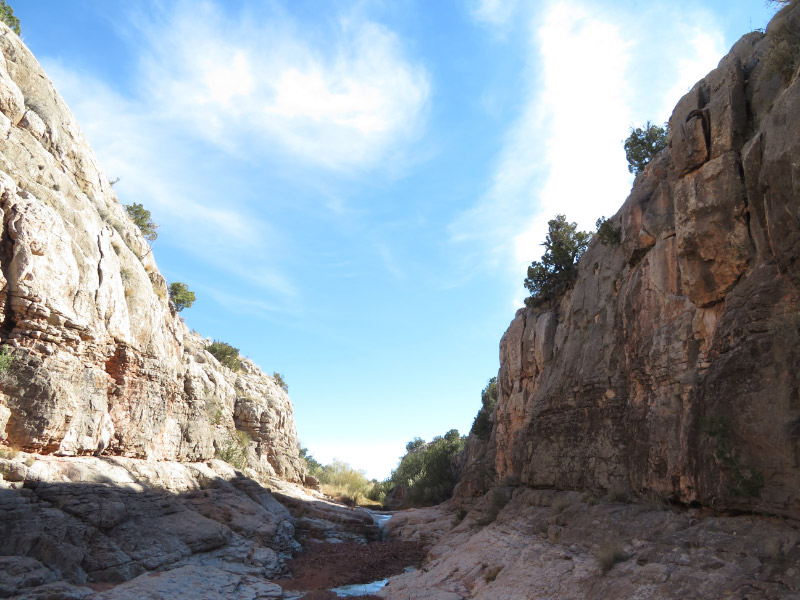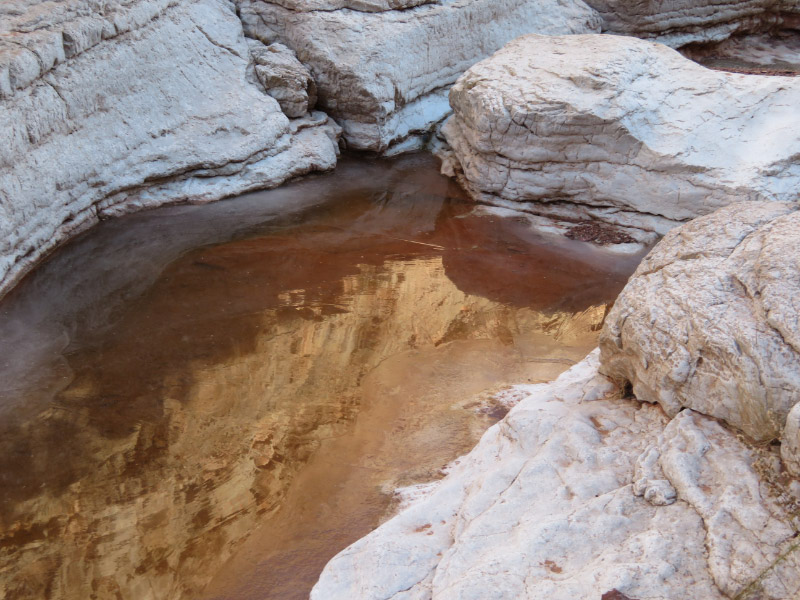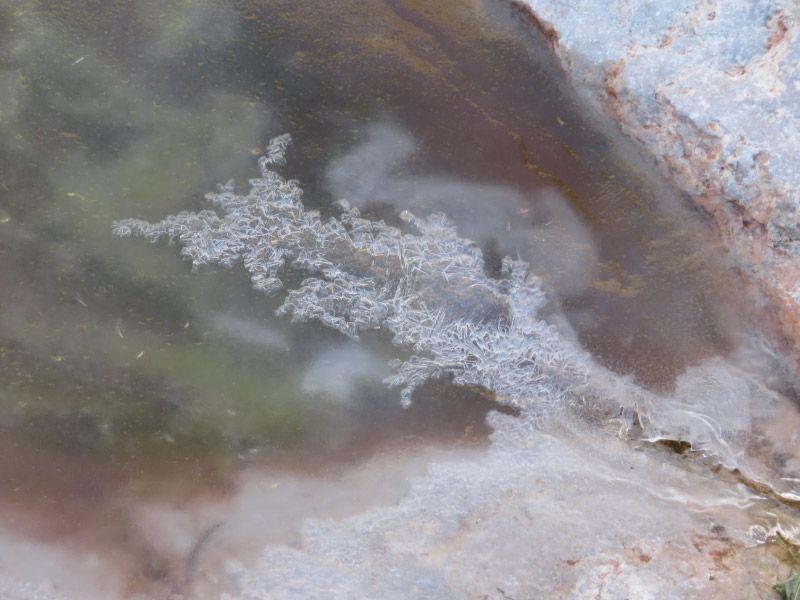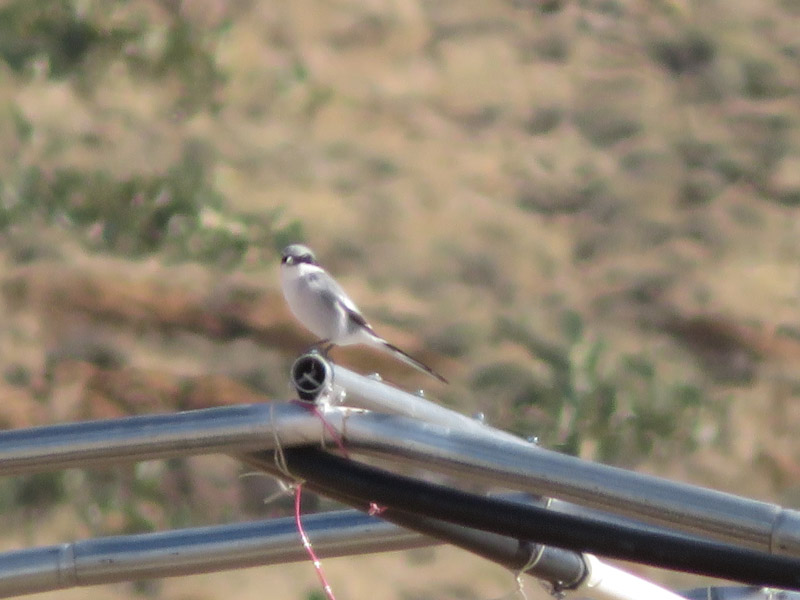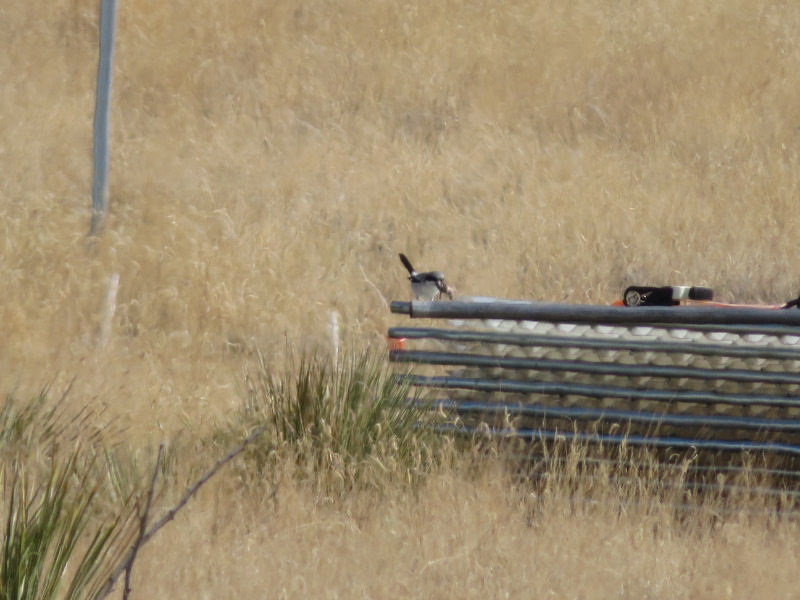Yard Work at my Daughter’s
/Last week my daughter and I finally got around to cutting down a mimosa tree we are trying to kill that keeps returning to her yard. I took our Ryobi Sawzall (battery powered) for the job.
It made quick work of the long but relatively small branches/trunks.
We used long-handled pruners for the last cut and for the pokeweed that was growing rampant nearby. My daughter was the one that waded into the bed…her gloves and clothes were covered with burrs; we are going to proactively get rid of those plants next year while they are blooming (before the burrs form)!
I enjoyed taking pictures around her yard between handing tools to her and carrying away the branches as they were cut. There is a small solanum that has produced black fruits. The Southern Magnolia pods are forming. Miniature roses are blooming again; I like the color variation the small bush supplies. The Black Eyed Susans are a little battered but still brilliant color in the flower beds.
I tried photographing several Queen Anne’s Lace seed pods. They always look like a jumbled mess but there are a lot of seeds in there!










